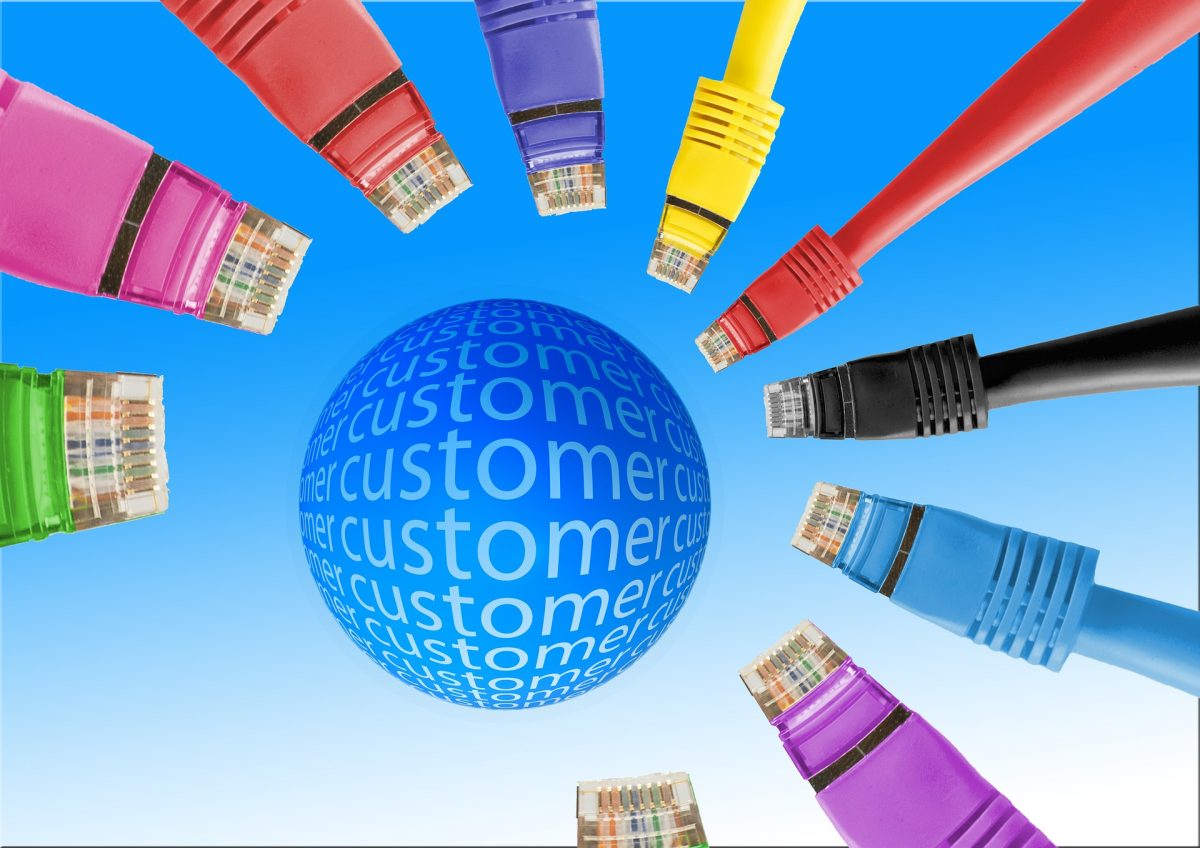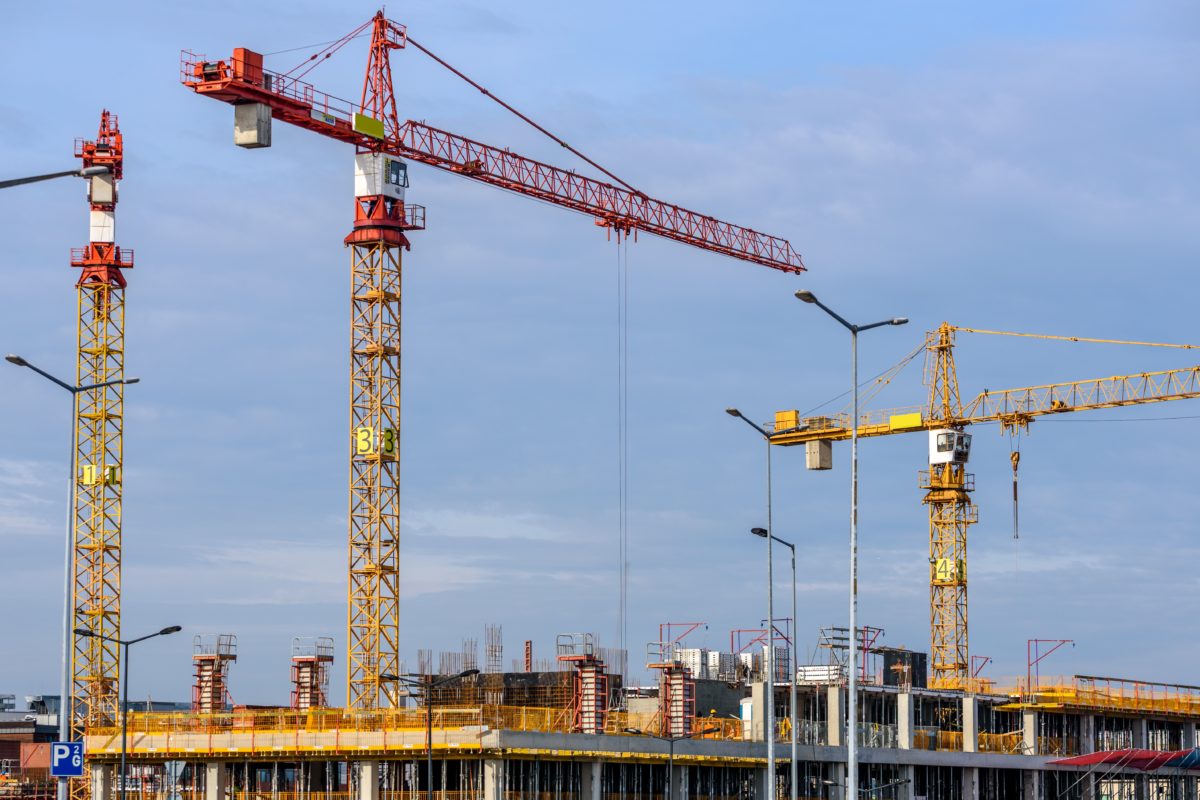How has the home security industry transformed in recent years? The answer lies in rapid technological advancements, rising consumer demand for safety, and the increasing importance of smart home integration. What was once limited to simple locks and burglar alarms has now evolved into a multi-billion-dollar sector incorporating AI-driven surveillance systems, cloud-based monitoring, and user-friendly mobile controls. For businesses, investors, and entrepreneurs, understanding the current dynamics and emerging trends in the home security market can reveal opportunities for innovation and growth. This article explores the key insights shaping the industry today.
A Growing Market Fueled by Consumer Demand
The global home security industry is projected to exceed $100 billion by 2030, thanks to growing public awareness around safety and the affordability of new security technologies. The demand is driven not only by crime concerns but also by lifestyle changes. Homeowners now prioritize peace of mind and convenience, expecting systems that are accessible, automated, and integrated with their digital lives.
Millennials and Gen Z consumers, in particular, are more likely to invest in home automation products, including security cameras, motion sensors, and smart locks. As these demographics become homeowners, businesses in the sector must adapt their products and marketing strategies to align with the preferences of tech-savvy buyers who value mobile access, ease of installation, and smart home compatibility.
Technology as a Catalyst for Innovation
Perhaps the most impactful development in the home security industry is the rise of smart technology. Devices powered by artificial intelligence (AI), machine learning, and the Internet of Things (IoT) are becoming the norm. These technologies allow for proactive, rather than reactive, security systems.
For example, AI-powered surveillance cameras can now differentiate between a person, animal, or vehicle, reducing false alarms. Cloud storage solutions allow users to view footage remotely and access archives in real time. Video doorbells equipped with facial recognition are being adopted rapidly, providing both convenience and security.
Startups and tech companies entering the space are focusing on interoperability—ensuring their systems work seamlessly with platforms like Amazon Alexa, Google Assistant, and Apple HomeKit. Businesses that offer flexible integration with these ecosystems are gaining a competitive edge.
Shifting Business Models: From Hardware to Services
Another major insight is the industry’s shift from hardware-focused sales to service-based models. Traditionally, home security companies profited from selling systems and installation services. Today, recurring revenue through subscription services is becoming more attractive.
Companies like Ring, SimpliSafe, and ADT now offer cloud-based video storage, 24/7 professional monitoring, and mobile alerts for a monthly fee. This model ensures long-term customer engagement and consistent revenue streams. It also creates upselling opportunities, where customers can be encouraged to add more features over time.
Moreover, DIY home security systems have become a booming niche. These systems are often self-installed, with users subscribing to optional monitoring services. This approach appeals to younger consumers and renters, offering businesses a scalable and low-barrier method to acquire new customers.
Data Privacy and Cybersecurity as a Priority
With more security systems connected to the internet, concerns about data privacy and cybersecurity are rising. High-profile breaches have made consumers wary of devices that collect sensitive data, such as live video feeds or access logs. In addition to digital threats, many homeowners are also concerned about the physical protection of valuables, which is why products like secure gun safes are gaining popularity as complementary security solutions. Businesses in the home security industry must treat cybersecurity as a core function of their product offering. Transparency about data collection practices, end-to-end encryption, and regular software updates are essential to maintaining consumer trust.
Regulatory compliance is another critical factor. Companies must be aware of evolving privacy laws such as GDPR in Europe and CCPA in California. Implementing robust data protection frameworks is no longer optional—it’s expected.
B2B Opportunities and Strategic Partnerships
While most discussions around home security focus on B2C markets, B2B opportunities are also expanding. Real estate developers, property management companies, and insurance firms are forming strategic partnerships with home security providers.
For instance, builders may install smart security systems in new developments as a value-added feature, appealing to buyers who want move-in-ready smart homes. Insurance companies also incentivize clients with discounts for installing monitored security systems, creating a mutually beneficial ecosystem between insurers and device manufacturers.
Businesses that form strong partnerships with these sectors can tap into large-scale distribution networks and unlock new revenue streams, often with lower customer acquisition costs.
Market Challenges and Competitive Pressures
Despite its growth, the home security industry is not without its challenges. The market is highly competitive, with major players like Amazon (Ring), Google (Nest), and traditional companies like ADT battling for dominance. Startups entering the market must differentiate through innovation, customer service, or niche specialization.
Price sensitivity also affects consumer decisions. Many customers are willing to invest in home security but expect affordability, especially for ongoing services. Companies must strike a balance between offering robust features and maintaining competitive pricing.
Additionally, global supply chain disruptions and chip shortages have impacted the production and availability of smart security devices. Businesses that build resilient supply chains and explore local manufacturing options may gain an advantage in the coming years.
Sustainability and Ethical Considerations
As consumers become more environmentally conscious, sustainability is influencing purchasing decisions in all industries—including home security. Eco-friendly packaging, energy-efficient devices, and sustainable manufacturing practices can enhance brand reputation.
Furthermore, the ethical use of technologies like facial recognition is under scrutiny. Companies must be transparent about how data is used and should consider implementing opt-in features to give users control. Ethical innovation not only builds trust but also future-proofs the business against potential regulatory changes.
Future Outlook and Areas of Opportunity
Looking ahead, the home security industry is poised for continued expansion. Key growth areas include:
- AI and predictive analytics: Systems that learn and adapt to homeowner habits will offer more customized and proactive security.
- Health and safety monitoring: Expanding security products to include features like fire detection, air quality sensors, and elderly monitoring.
- Voice control and gesture recognition: Creating more intuitive ways for users to interact with their systems.
- Global expansion: As technology becomes more affordable, emerging markets present new growth opportunities.
Companies that innovate responsibly, prioritize customer experience, and remain agile will be best positioned to thrive in this evolving market.
Conclusion
The home security industry is no longer just about protecting property—it’s about providing peace of mind, convenience, and seamless integration into modern lifestyles. With smart technology leading the way, businesses have countless opportunities to grow and differentiate. However, success in this field requires more than just innovation. It demands a strong understanding of consumer expectations, cybersecurity diligence, and strategic partnerships. By staying informed and responsive, businesses can unlock significant potential in this fast-changing and essential industry.











